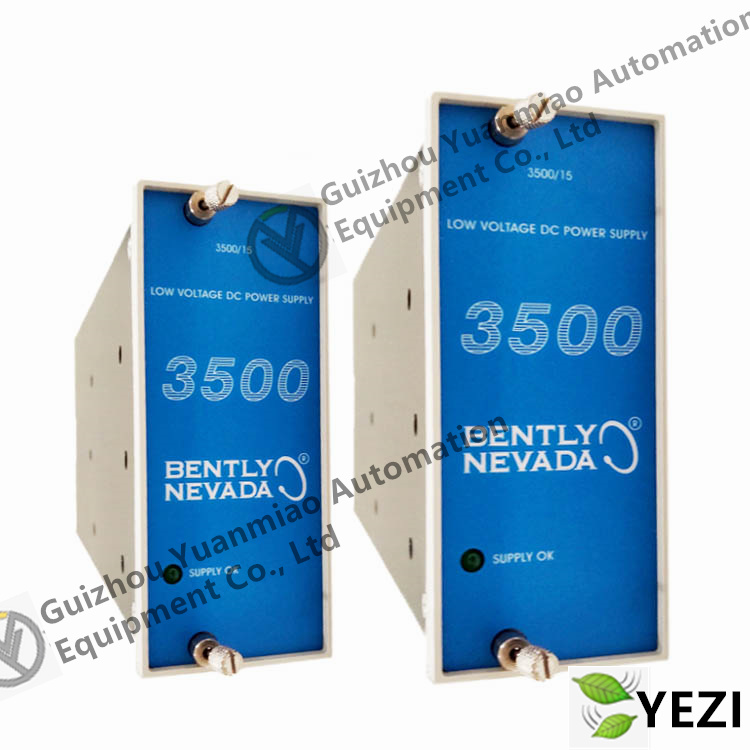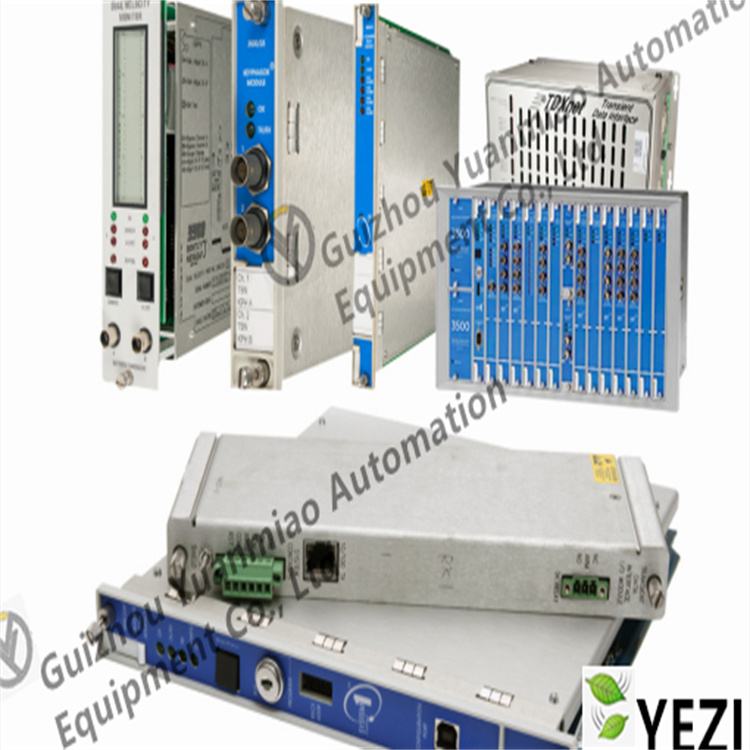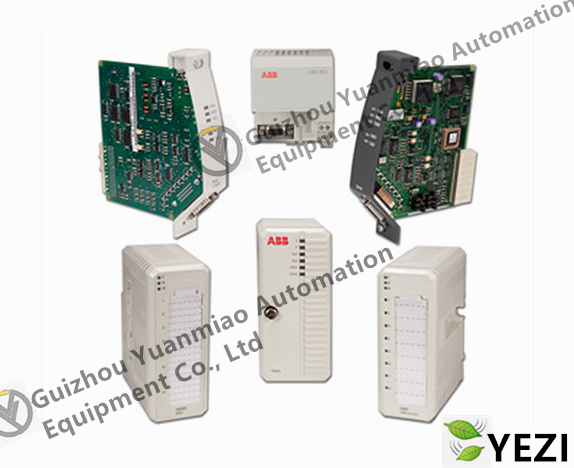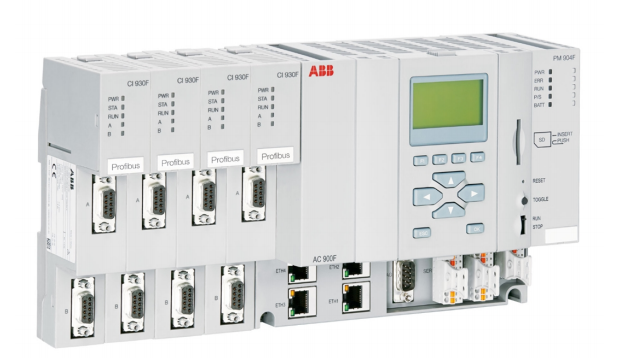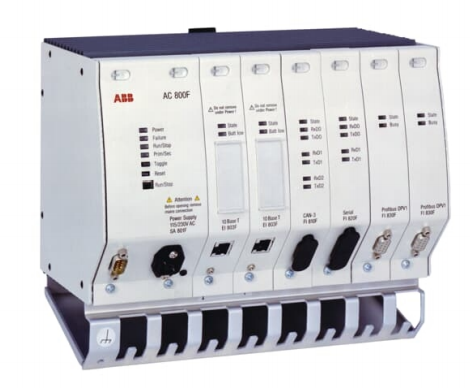1. Introduction to DCS
DCS system is a distributed control system, which is commonly referred to as distributed control system in China. DCS is the English abbreviation of Distributed Control System, also known as Distributed Control System in the domestic automatic control industry.
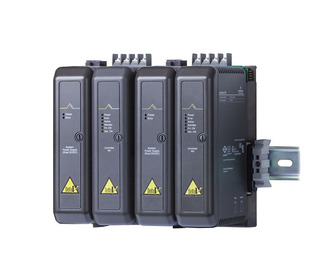
Since DCS came out in 1975, there have been about three major changes. In the 1970s, the hardware, operating system, and monitoring software of the operation station were all dedicated, developed by the DCS manufacturers themselves, and there was no dynamic flow chart. The communication network was basically polling; In the 1980s, it was different. Communication networks mostly used token; In the 1990s, a general system appeared in the operation station. At the end of the 1990s, some communication networks followed TCP/IP protocol, and some began to use Ethernet. In general, the changes are mainly reflected in I/O board, operation station and communication network. The controller changes slightly. The operation station is mainly manifested in the application of the change from special computer to general computer, such as PC and minicomputer. But at present, its operating system generally uses UNIX, and some small systems use NT. Compared with UNIX, its stability is better, and NT has a crash. I/O board is mainly reflected in the introduction of field bus into DCS system.
Theoretically, a DCS system can be applied to various industries, but each industry has its particularity, so DCS also has different branches, sometimes due to the limitations of the process knowledge of the DCS manufacturer’s technicians. For example, HONEYWELL is familiar with petrochemical industry, and its products are widely used in the petrochemical industry, while BAILEY’s products are widely used in the power industry. When selecting DCS, users should pay attention to whether their technicians are familiar with the production process; Then we need to see how large the system is suitable for. For example, the NT operating system is suitable for smaller systems; The last is the price. The price of different combinations will vary greatly. The price of domestic DCS system is at least half lower than that of imported DCS, and the price of spare parts is much lower.
DCS consists of four parts: I/O board, controller, operation station and communication network.
The technical level of I/O boards and controllers is not far from that of DCS manufacturers in the world. If there is some difference, it is the number of algorithms in the controller and the combination of algorithms are different. The difference between I/O boards is that some are intelligent and some are not, but the controller must complete a cycle in one second to read all I/O data; The difference between operating stations is relatively large. The main difference is whether to choose a PC or a minicomputer, whether to use UNIX or NT operating system, and whether to use special or general monitoring software. When the operating system and monitoring software are well coordinated, the crash can be reduced; The biggest difference is the communication network, the worst is the polling method, and the best is the exception reporting method. According to our experiment, the speed difference is seven or eight times.
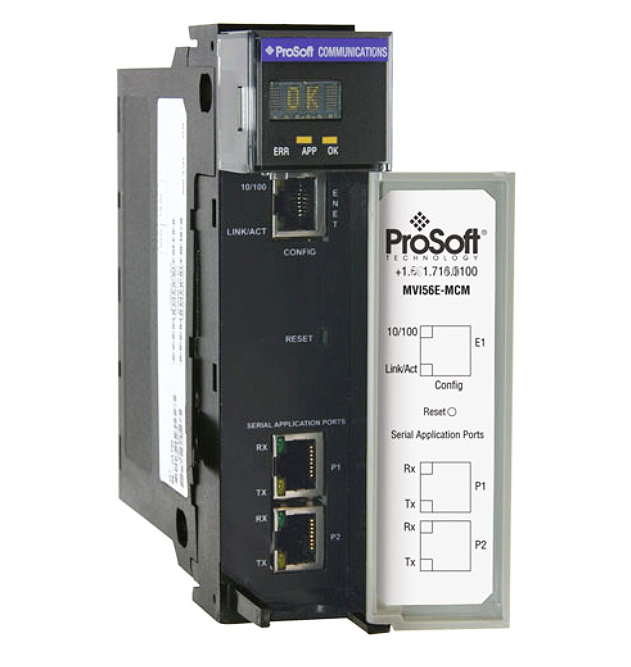
2. DCS general operation station
DCS system includes three parts: controller with I/O components, communication network and human-machine interface. Human-machine interface includes operation station, engineer station and history station. The controller I/O components are connected with the production process, the operation station is connected with the people, and the communication network connects the two parts into a system. Therefore, the operation station is an important part of DCS. The engineer station configures the controller and the operation station, and the historical station records the historical data of the production process. The man-machine interface developed in recent years also includes dynamic data server.
A DCS system controller and I/O components can normally operate for 16-20 years, while the operating station is relatively easy to be damaged due to its active components, such as hard disk, keyboard, CRT, floppy disk, etc., and the probability of failure is relatively high after 6-8 years of operation. Therefore, the operating station is frequently updated during DCS operation. The change of DCS controller is small. The changes are shown in the arrangement of control algorithms, the number of control algorithms, the number of I/O points accessed and the size of memory. The operating system is generally dedicated. Operating stations have changed a lot. Before the 1980s, there were generally no hard disks and dynamic flow charts, and the number of labels that could be displayed was relatively small, such as 500 labels (labels refer to the logical relationship of AI, DI, circuit, switching value, etc.). In the 1980s, there were operating stations that could display 5000 labels, and in the 1990s, there were operating stations that could display 30000 labels. At the same time, general display software running on Microsoft’s NT general platform also appeared. At first, the general software was only used on the operation station of PLC, and then gradually applied to DCS. Its label quantity can reach 10000 or more.
The development process of DCS operation station (taking BAILEY’s operation station as an example) is as follows:
1、 In the early 1980s, the N90’s operating station was OIU series. At that time, there was no hard disk, no dynamic flow chart, and the label quantity was 500. Later, the hard disk and flow chart were added, and the label quantity was 1400-5000 points. In the mid-1980s, the MCS series was launched with 10000 tags, especially the MCS PULS, which is a SCSI interface with 30000 tag points. At that time, it was in a leading position in the DCS market. In 1986, BAILEY products accounted for 1/3 of the world DCS market. By 1988, a total of 8500 sets had been put into operation around the world. In the 1990s, the DCS market was fiercely contested, and BAILEY was not as brilliant as in the 1980s in terms of technology and sales. So BAILEY wants to rebuild its glory by purchasing FISCHER&PORTER, HARTMANN&BRAUN and other companies to sell their systems.
The controller and communication network of BAILEY are relatively good, but in the operation station, it cannot be compared with competitors. The latest operation station of BAILEY is Conductor NT based on WINDOWS NT and general computer. In fact, this operation station is not developed for INFI-90. It is the operation station of system 6 of FISCHER-PORTER. It is built with its monitoring software embedded in the driver software that communicates with INFI-90. Due to the small sales volume, few running-in opportunities, many problems and serious crash. OIS40 series operation station runs on DEC’s VMS platform. In fact, it is still on the MTOS operating system platform of the MCS operating station that it has developed a driver software to communicate with VMS, because OIU and MCS in the 1980s have stopped selling at the end of the 1980s. BAILEY only sells OIS20 series and OIS40 series.
OIS20 series was introduced to the market in the early 1990s. It is essentially MCS, but they can communicate with INFI-90. Its development and manufacturing costs are relatively low, and its performance is relatively good. The secondary station of OIS20 series does not use the network to transmit information, but adds an additional graphics card to the primary station to realize the secondary station. Later, due to the high maintenance cost, hard disk and floppy disk drives were difficult to buy, and the user did not respond well.
Following OIS20 series, BAILEY launched OIS41 and OIS42, and added Ethernet cards between operating stations to form a backdoor network, which can realize printer sharing. The ability to transmit graphics to different master stations has also been enhanced, and it also provides users with space to develop printing systems. Due to the poor performance of OIS40, OIS41 and OIS42 hosts, the performance improvement of the operation station is not obvious. It was not until the emergence of OIS43 Alpha chip that the performance was improved. At the same time, Canada’s BAILEY Company developed PCV, which is a PC-based operating station and adopts QNX operating system. Because it has a small number of tags, low price and stable operation, it is suitable for small systems. This is the OIS10 series of BAILEY. Before version 5, there were only text but no graphics. After version 5, there are both text and graphics. ARCNET is used for networking between the back doors of OIS11 operation station. OIS12 can be connected via ARCNET or Ethernet.
Due to the complex structure of OIS40 series software, the price is higher. More importantly, DEC company was merged by COMPAQ company, and the production of Alpha 255/233 machine was stopped, which undoubtedly made it worse for BAILEY company and users.
2、 In the mid-1980s, because the development of PLC operation stations was not successful, some software companies developed general monitoring software, which was soon adopted by PLC manufacturers. For example, FIX, INTOUCH, ONSPEC, etc. (there are hundreds of them in total). Due to the good market prospect, software developers have developed many PLC driver software. In the 1990s, DCS driver software was developed. The earliest application of general industrial control monitoring software is the APEC system of MOORE Company, which can use both INTOUCH and FIX. Since the INFI-90 system has not launched an excellent operation station in the 1990s, PREVISE has launched the OPsCon operation station.
The OPsCon operating station runs on the PC hardware platform and NT operating system, takes FIX as the monitoring software, and develops the corresponding driver software that can communicate with various DCS, with 10000 tags. Because FIX software has sold 90000 sets around the world, it has a good run-in with various PLC, DCS and NT systems. This kind of operation station can be used on a variety of PLC and DCS operation stations. There are thousands of applications in INFI-90 system. For example, a paper mill in New Zealand had previously run the PRODUCT NT, but later changed to OPsCon.
The emergence of universal operation station brings the following convenience to DCS users:
1. There is no need to worry about whether the original DCS manufacturer has closed down or merged, whether this type of product has been discontinued, and whether the spare parts can be found.
2. Because the universal operation station has a wide range of applications, large relative production volume and low cost, it can save users’ expenses. Maintenance costs are also relatively low.
3. It is simpler to use general systems than to use various special systems, and users can also reduce the cost of personnel training.
4. Easy to update and upgrade.
5. With good openness, it is easy to establish a production management information system.
Therefore, general operation station is the development direction of DCS.


